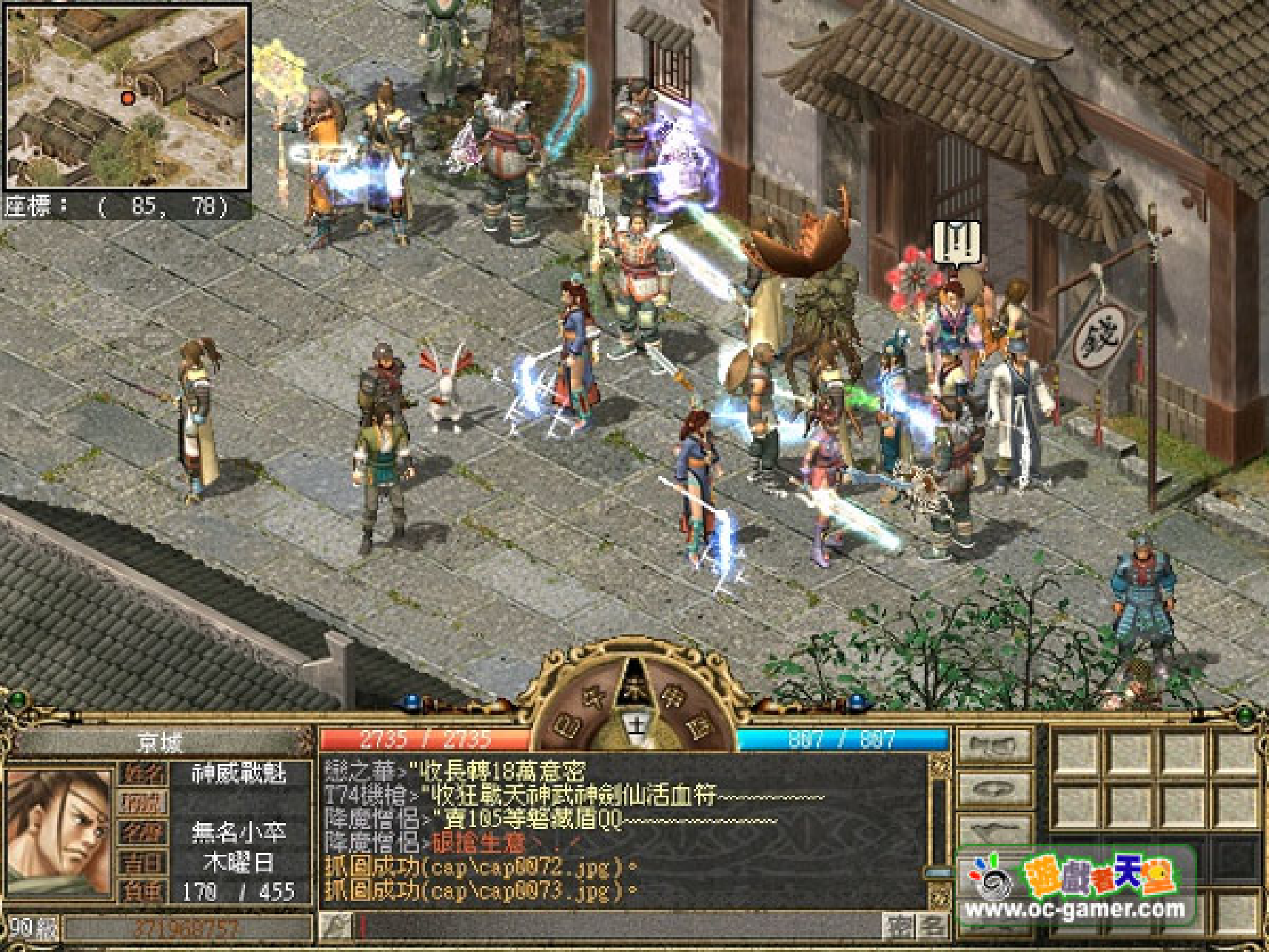[1]
ShenZhou Online.
http://www.ewsoft.com.tw/.
[2]
FAQ - Multiplayer and Network Programming.
GameDev.Net, 2004.
[3]
M. Allman, V. Paxson, and W. Stevens.
TCP Congestion Control.
RFC 2581, Apr. 1999.
[4]
J. C. R. Bennett, C. Partridge, and N. Shectman.
Packet reordering is not pathological network behavior.
IEEE/ACM Trans. Netw., 7(6):789-798, 1999.
[5]
R. Braden.
Requirements for Internet Hosts - Communication Layers.
RFC 1122, Oct. 1989.
[6]
K.-T. Chen, P. Huang, and C.-L. Lei.
Game Traffic Analysis: An MMORPG Perspective.
Computer Networks, 51(3), 2007.
Article In Press.
[7]
K.-T. Chen, P. Huang, G.-S. Wang, C.-Y. Huang, and C.-L. Lei.
On the Sensitivity of Online Game Playing Time to Network QoS.
In
Proceedings of IEEE INFOCOM'06, Barcelona, Spain, Apr. 2006.
[8]
W. C. Feng, F. Chang, W. C. Feng, and J. Walpole.
A traffic characterization of popular on-line games.
IEEE/ACM Transactions on Networking, 13(3):488-500, June 2005.
[9]
M. Mathis, J. Mahdavi, S. Floyd, and A. Romanow.
TCP Selective Acknowledgement Options.
RFC 2018, Oct. 1996.
[10]
M. Mauve, V. Hilt, C. Kuhmünch, and W. Effelsberg.
RTP/I - toward a common application level protocol for distributed
interactive media.
IEEE Transactions on Multimedia, 2001.
[11]
S. Pack, E. Hong, Y. Choi, llkyu Park, J.-S. Kim, and D. Ko.
Game transport protocol: lightweight reliable transport protocol for
massive interactive on-line game.
In
Proceedings of the SPIE, volume 4861, pages 83-94, 2002.
[12]
P. Quax, P. Monsieurs, W. Lamotte, D. D. Vleeschauwer, and N. Degrande.
Objective and subjective evaluation of the influence of small amounts
of delay and jitter on a recent first person shooter game.
In
Proceedings of ACM SIGCOMM 2004 workshops on NetGames '04,
pages 152-156. ACM Press, 2004.
[13]
S. Singhal and M. Zyda.
Networked Virtual Environments: Design and Implementation.
ACM Press, Siggraph Series, New York, 1999.
[14]
R. W. Stevens.
TCP/IP Illustrated, Volume 2: The Implementation.
Addison-Wesley, 1995.
[15]
B. S. Woodcock.
An analysis of MMOG subscription growth - version 18.0.
